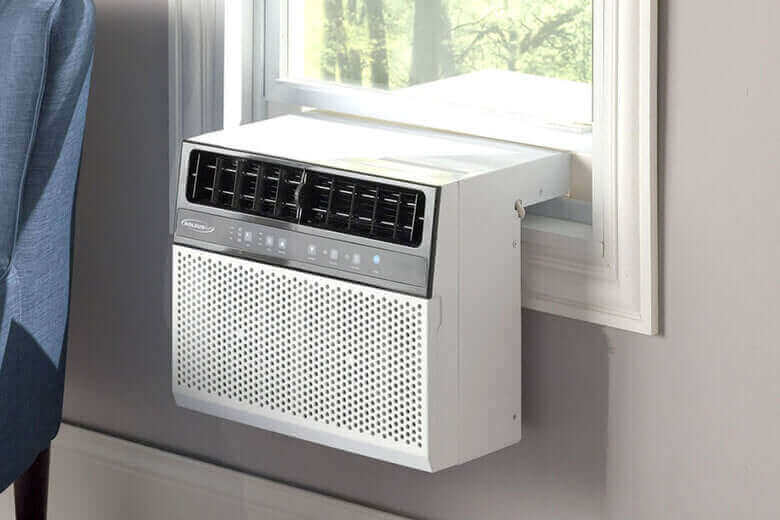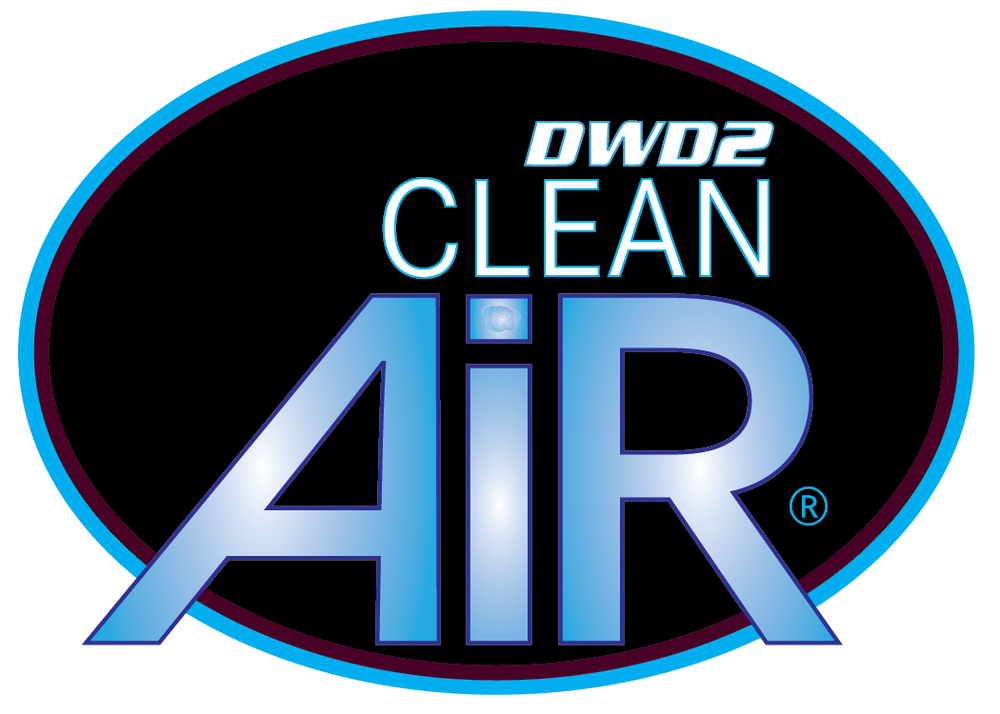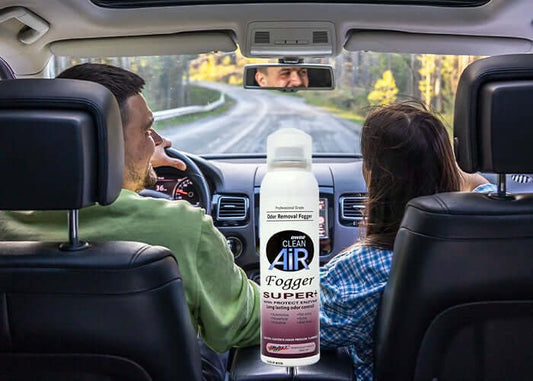Window unit & HVAC MOLD Prevention tips

Mold appears as the result of a damp environment. If your window A/C unit has mold on it, that means you’re at risk for health problems and a possibly costly replacement. Below is some tips to help prevent the growth of mold in your home's A/C unit.
- Buy a unit with humidity control. Many window A/C units come with a humidity control option. This option allows the air conditioning unit to control the humidity level in the air, automatically discouraging the growth of mold.
- Use “auto” mode. When you leave for a vacation, don’t turn your unit off. This leaves your home without airflow, causing moisture to build up without circulation and temperatures to rise without an active cooling system. Warm, moist, and stale air is the perfect environment for mold to grow.
- Perform regular maintenance. HVAC maintenance is essential, especially during the change in seasons. It allows your heating and cooling system to prepare for the weather change before it’s too late.
- Because window A/C units are dark and warm inside, they are a great mold breeding ground. Preventing this requires essential HVAC maintenance, including checking it regularly and carefully cleaning any water or formed mold sign.
- Get rid of dust and debris. Debris help mold grow on your unit. We recommend cleaning your unit every 6 months with a non-corrosive foaming coil cleaner such as Clean Air Home & Commercial Foaming Coil Cleaner. Another mold prevention step you can take is to apply Clean Air Eva-Seal Home & Commercial Protective Coating on a new or freshly cleaned unit for an added layer of protection.
How To Tell If Your Unit Has Mold
- You can see mold growth on the unit or the air filter.
- You can smell something musty when you turn on the air conditioner. (This is from chemicals called microbial volatile organic compounds.)
- You experience symptoms of mold-related illnesses, including shortness of breath, wheezing, coughing, sneezing, snoring (if you don’t typically snore), rashes, itchy skin, asthma attacks, irritated eyes, sore throat, headaches, respiratory infections, and fatigue.




